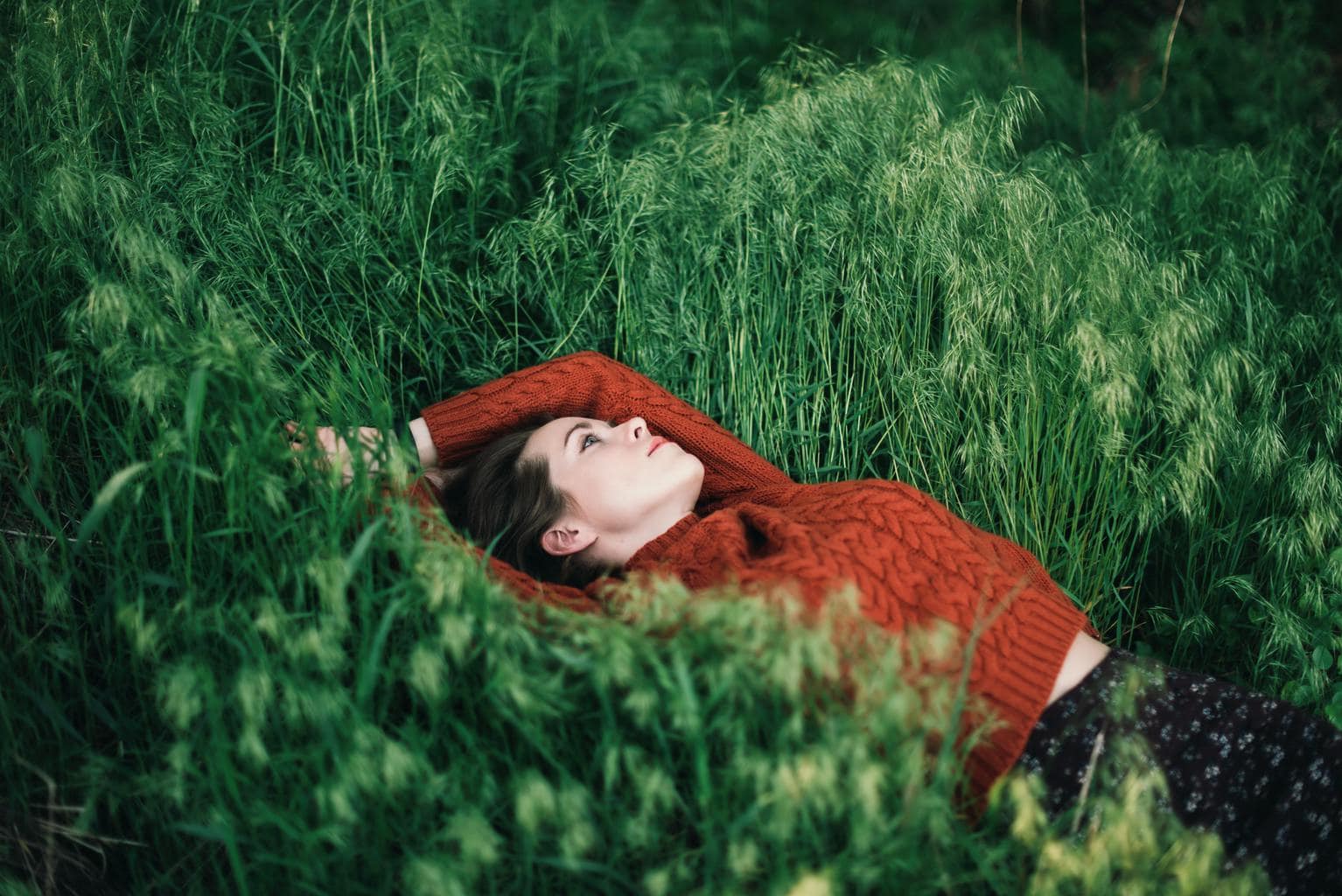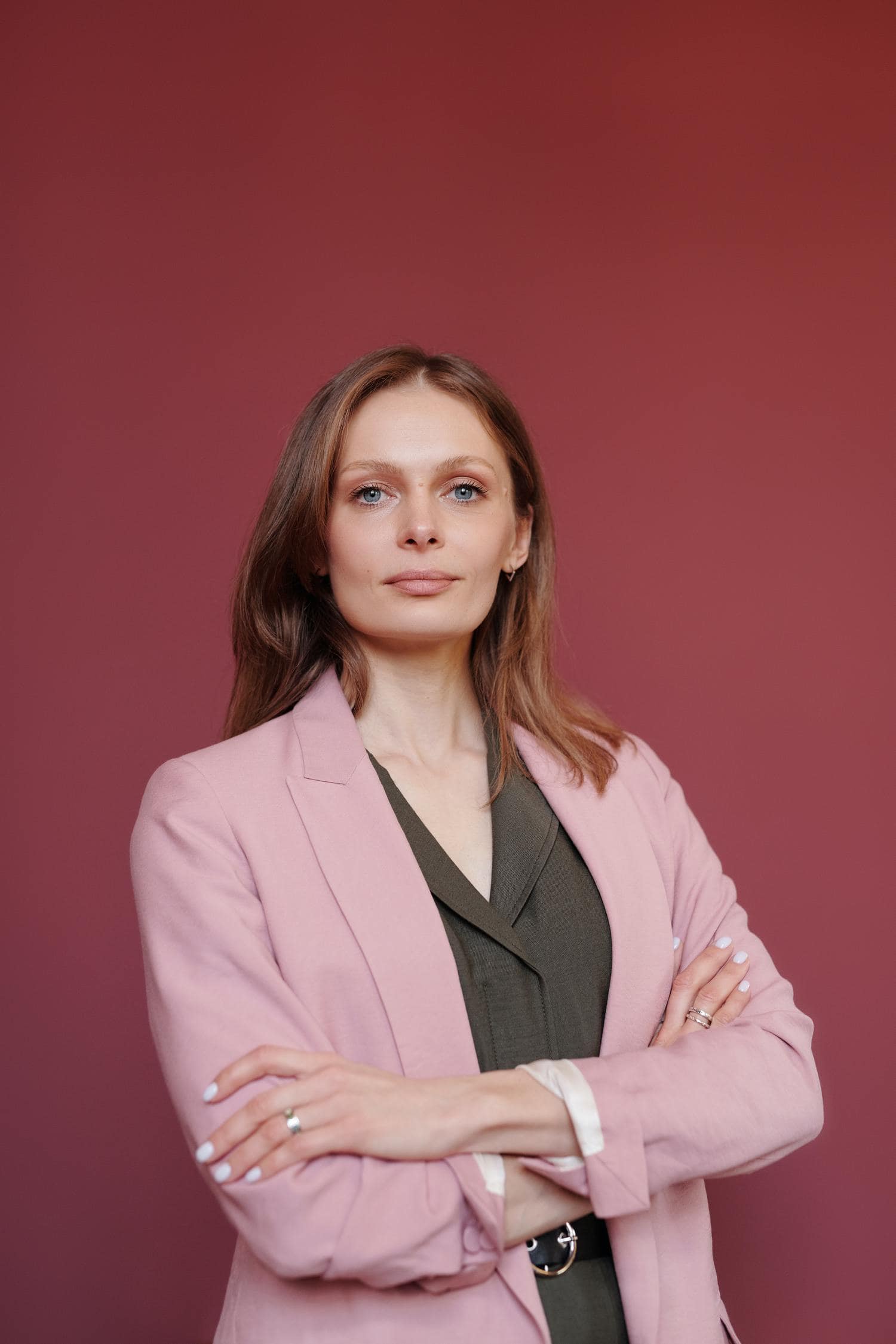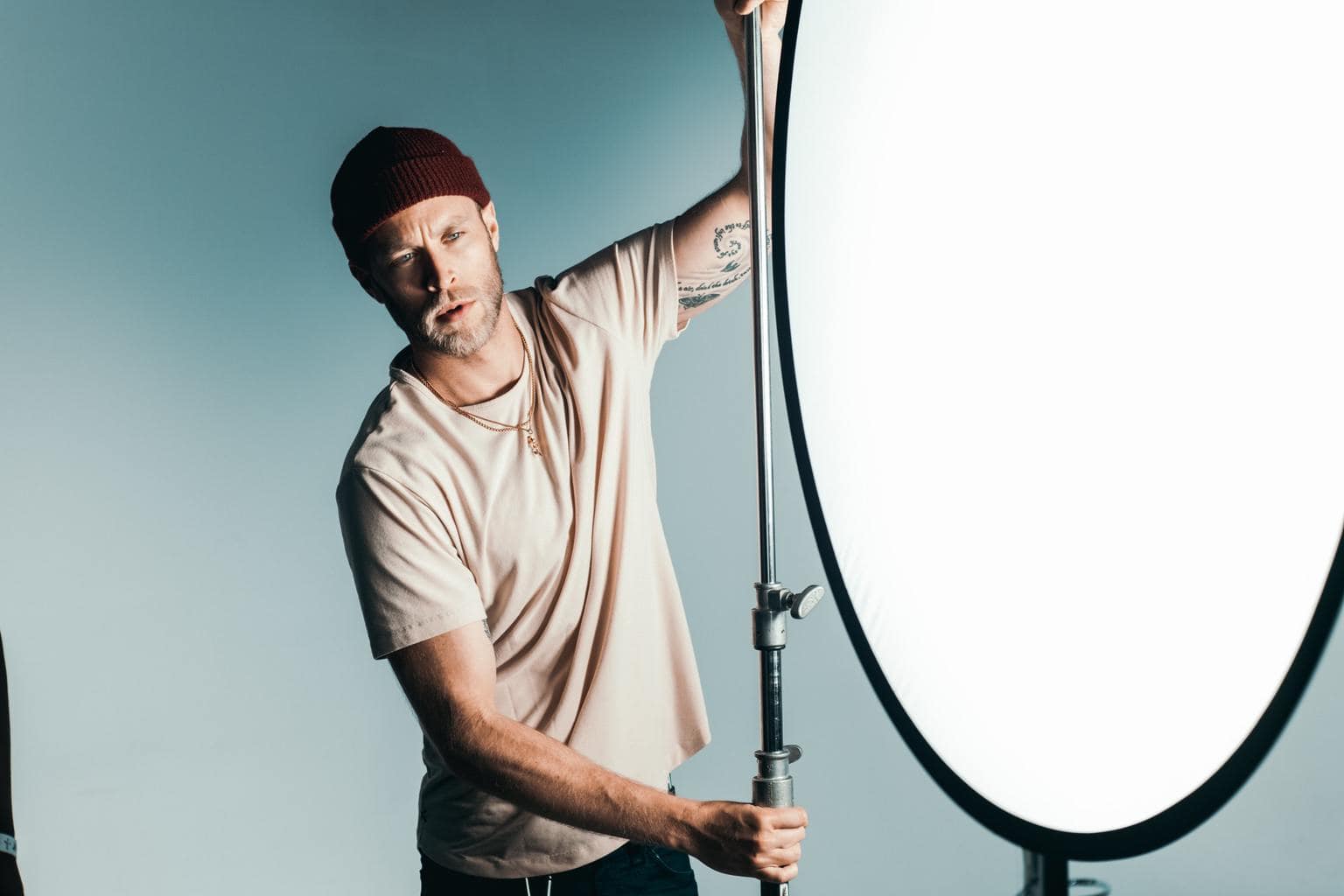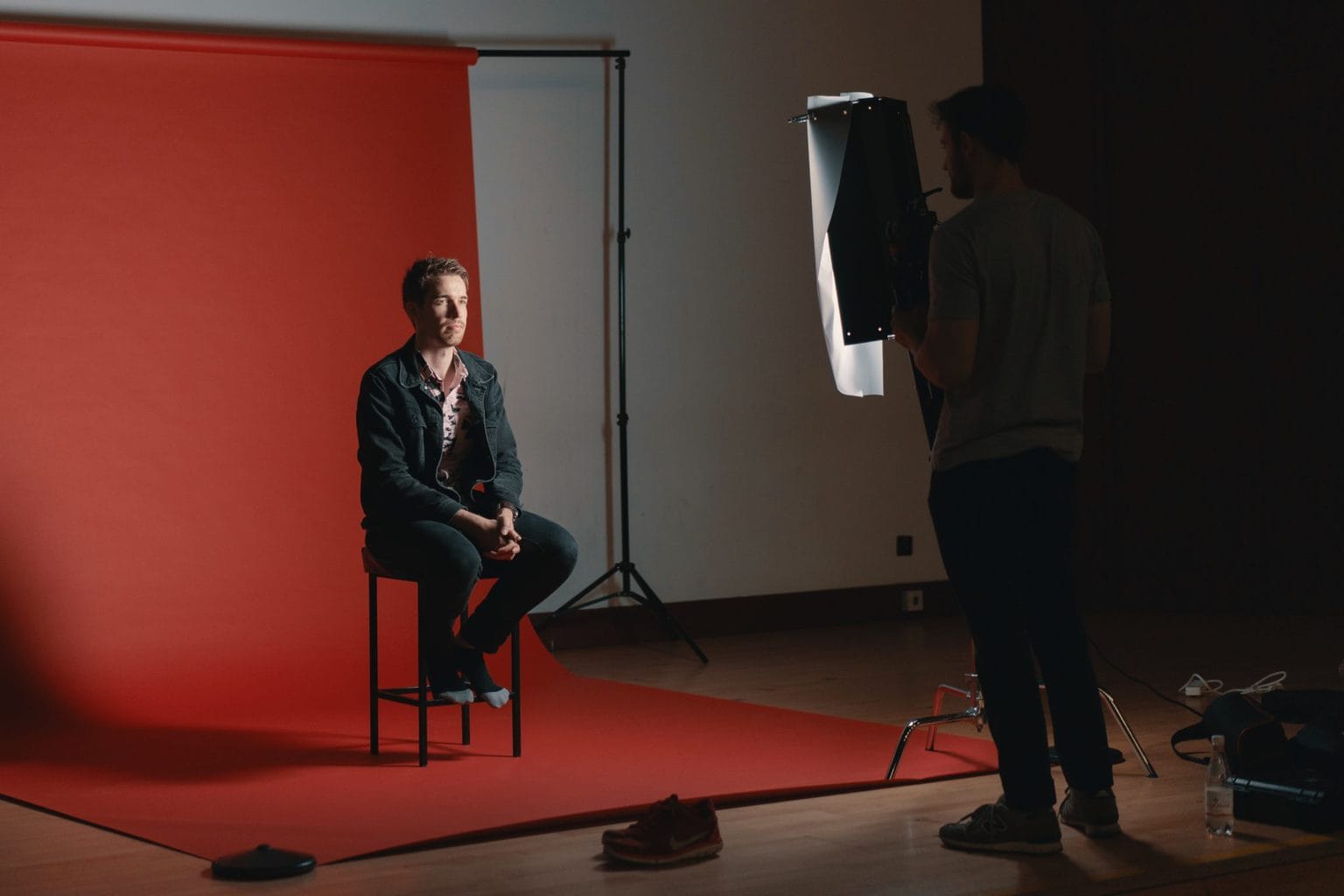Continuous light is surely the one we use the most when we start in the world of photography. Now, do you know how to use it correctly? Do you know what features it has or what is the best time of day to take advantage of its potential? We will see it in this article ? And if what you want is to deepen photography lighting, we have this mega guide for you with tips, tricks, inspiration .
WHAT IS CONTINUOUS LIGHT IN PHOTOGRAPHY?
Continuous light is light from the sun or from a light bulb. That is to say, that light that, as its name says, is projected continuously. This can be artificial (which comes from different types of light bulbs) or natural (sunlight or moonlight).
It is the light that we surely use the most in our day to day and the one that we first learn to use. Let's see some tricks to squeeze continuous light both natural and artificial, although we will focus on the latter, which is the objective of this article.
NATURAL CONTINUOUS LIGHT
Natural continuous light is light that comes from a natural source such as the sun, stars, or moon. Learning to photograph with it means knowing how to master a large part of the images that you can get throughout your photographic career.
Natural continuous light has many advantages, its richness of shades, it is freely available and it does not take up space, for example. Its only downside is that you can't control it. You can only modify it with reflectors or diffusers, otherwise you have to adapt to it.
TIPS FOR SHOOTING IN NATURAL CONTINUOUS LIGHT
Here are some tips for shooting in this type of lighting:
- The best times to shoot in continuous natural light are sunrises and sunsets, where the light is soft, warm, and from the side. Here you can see the best settings to photograph them.
- The central hours of the day you will find hard light, which you can take advantage of to create more dramatic portraits or for any type of photography that favors hard light.
- On cloudy days or at sunrises and sunsets you will find a very photogenic diffused light for both landscapes and portraits .
- Window light is a classic for indoor portraits, in this window light photo gallery you can see some examples of what this type of continuous lighting is capable of.
- You can model natural light through a 5-in-1 reflector , a very versatile and economical photographic accessory that will help you direct the light or modify the shadows.

ARTIFICIAL CONTINUOUS LIGHT
Artificial continuous light is that which comes from a light bulb of whatever type. Each type of bulb can have different characteristics both in terms of power and tonality. It is the easiest to use since it allows us to see the final result of the lighting live (unlike the flash).

CHARACTERISTICS OF ARTIFICIAL CONTINUOUS LIGHT
Artificial continuous light depends on the bulb itself that illuminates the scene. Unlike flash, which is standard and provides white or neutral light, bulbs can be warm, cool, or neutral.
You should especially take into account the color temperature of the light you are using. If you use the lights you have at home, it is very possible that your photos take on an orange tone. Fluorescent type lights provide a greenish light.
To control the color temperature it is important to photograph in RAW format . Doing so will allow you to easily correct the dominant key in an editor.
TYPES OF ARTIFICIAL CONTINUOUS LIGHT
- Tungsten bulb. They are the ones we have at home. At a photographic level they are not very powerful and, as I have already told you, they project a warm or orange light on the scene.
- Halogen bulb. They are the evolution of tungsten bulbs with a little more power. They also add an orange hue to the image and give off quite a bit of heat.
- Energy saving light bulb. They are more efficient and concentrate less heat, but several need to be mounted together to have enough light output. The most popular are the spiral ones.
- Led lights. If you are going to invest in continuous light equipment, let it be LED. These types of lights are the most efficient, they hardly generate heat, they are small and light and can be found in different color temperatures.
CONTINUOUS LIGHTS RECOMMENDED FOR PHOTOGRAPHY
If you want to invest in a good light source, I leave you with several very interesting options.
LED SPOTLIGHTS

This type of LED spotlights allow you to adjust the brightness, have a cooling system to dissipate heat, remote control and are low consumption.
Here is a model that meets these requirements for around €208.49.

Another type of LED spotlight is the panel, mounted on the camera or separately. It is commonly used for video, but you can also use it as a light source for photography.
You can find it for about €66.49.
SOFTBOX

If you want to set up a small studio at home based on continuous light, this Softbox light kit is an interesting option for its value for money. You can also find them in many sizes and shapes.
You have it on Amazon for about €69.88.
LUME CUBE

This option will surprise you. It's an amazing little light, so small it fits in the palm of your hand. This is Lume Cube 2.0. It is about the size of an action camera and extremely powerful. We dedicate this article to Lume Cube 2.0 where we talk in depth about its advantages and disadvantages.
You can get this continuous lighting fixture for about N/A.
TIPS FOR SHOOTING IN CONTINUOUS LIGHT
For best results, keep the following in mind:
- RAW photography.
- The white balance.
- Use a handheld light meter for perfect exposure.
- The orientation of the light. Depending on the direction from which the light hits the subject, you will get completely different results.
- The distance of the photographed object based on the light source also influences the final result. This is known as the inverse square law , which affects the intensity of light (or quantity). It is a much easier concept to understand than it seems by its name, click on the link and you will discover it.
- The size with respect to the subject, the smaller the light source is with respect to it, the harder the light will be, and vice versa, the larger the more diffuse.
- Light rings work great on portraits.

CONTINUOUS LIGHT OR FLASH?
Do you have to choose between flash and continuous light? Over time, you will learn to play with both, even to combine them as they are perfectly complementary. For now, I present the advantages of each type of light.
ADVANTAGES OF CONTINUOUS LIGHT
- It is the one we know and, therefore, from the outset it is easier to use.
- We have homemade continuous light sources that can work for us to begin with (watching the white balance and heat a lot ? ).
- You can see the result live before taking the photo.
- It allows you to make orientation changes, until you find the right result.
FLASH ADVANTAGES
- Consume less.
- It has more power (and in smaller size).
- Use a neutral light.
- It does not get excessively hot.
Have you considered the advantages of continuous artificial light? It is very interesting to learn to take advantage of it, both in its natural version and in its artificial version, since it is an easy light to find in all its versions and mastering it means knowing how to photograph a large number of possible moments ? .
Before you go, I recommend that you take a look at the different photographic techniques that you can practice with it.


